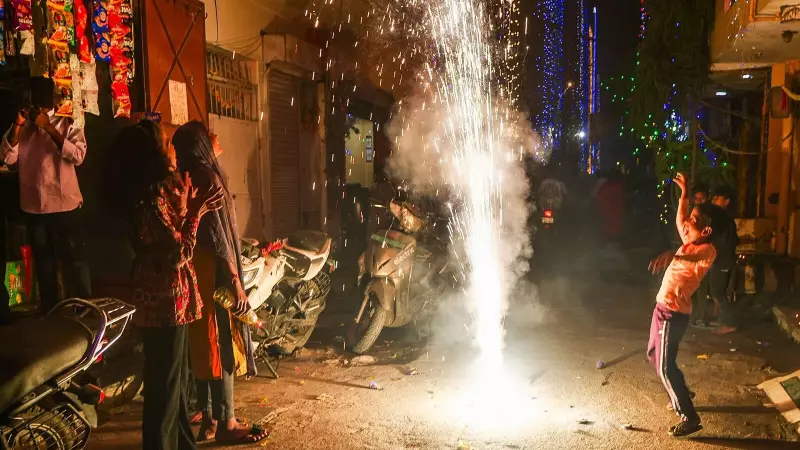
In a dramatic hearing that exposed critical gaps in India's pollution monitoring system, the Supreme Court has demanded immediate answers from the Commission for Air Quality Management (CAQM). The revelation that only 9 out of 37 air quality monitoring stations functioned properly on Diwali night has raised serious questions about the effectiveness of pollution control measures.
The bench, comprising Justice Sanjay Kishan Kaul and Justice Sudhanshu Dhulia, expressed deep concern over the monitoring failure during one of the most pollution-intensive periods of the year. "We want to know what pre-emptive steps you are taking to prevent pollution," the court sternly told CAQM representatives.
Systemic Monitoring Failures Exposed
The shocking data reveals that nearly 76% of Delhi's pollution monitoring infrastructure was non-operational when it was needed most. During Diwali celebrations, when firecracker emissions typically combine with existing pollutants to create hazardous air conditions, the majority of monitoring stations failed to provide crucial real-time data.
This monitoring blackout occurred despite the Supreme Court's consistent emphasis on enforcing pollution control measures and regulating firecracker usage during festive seasons. The court's previous directives on managing air quality during critical periods appear to have been undermined by technical failures.
Court Demands Pre-emptive Action Plan
The Supreme Court has specifically ordered CAQM to file a detailed affidavit outlining concrete pre-emptive measures to prevent pollution escalation. The focus is shifting from reactive responses to proactive prevention strategies that can be implemented before air quality reaches emergency levels.
Legal experts suggest this directive represents a significant evolution in the judiciary's approach to environmental governance. By demanding pre-emptive action plans, the court is pushing regulatory bodies to anticipate pollution crises rather than merely responding to them.
Broader Implications for Environmental Governance
This case highlights the critical importance of reliable environmental monitoring infrastructure. Without accurate real-time data, policymakers cannot make informed decisions, and emergency measures cannot be triggered at appropriate thresholds.
The Supreme Court's intervention comes as North India prepares for the winter pollution season, when meteorological conditions typically trap pollutants close to the ground, creating prolonged periods of hazardous air quality.
The upcoming CAQM affidavit is expected to outline not just immediate corrective measures for the monitoring system, but also comprehensive strategies for preventing pollution crises before they begin. All eyes are now on the pollution control body's response to the judiciary's tough questions.





